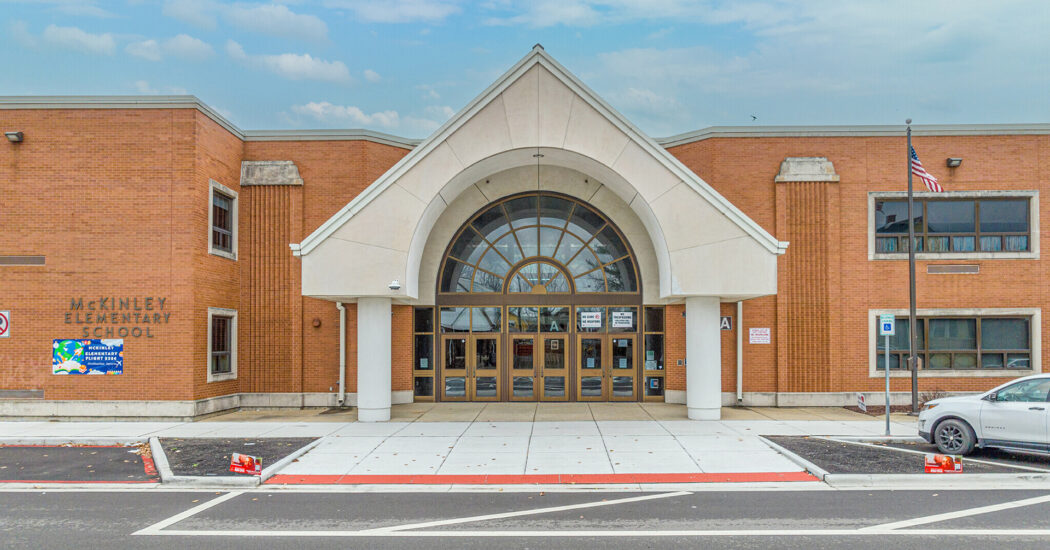A Different Perspective
-
Category
Innovation -
Posted By
Steve Alspaugh -
Posted On
Jan 05, 2016
There is an old saying that says “there is nothing more dangerous than a person with only one idea.” Having one brilliant idea is a great thing, but it was likely honed from multiple ideas at some earlier point in time.
Building design is like this as well. When each of us is first presented with a design opportunity, there is sometimes a solution that starts to form in our mind before we begin to learn more detailed data about the project. A “blink” reaction if you will. But as we start to peel back the layers that surround the opportunity, we find nuggets of information that become clues as to how the solution might respond to the many forces acting upon a given project.
Site context, building codes, zoning regulations, and sustainable opportunities all inform a solution, but a great design is rooted in the work of the owners and building users. The design that is best for them must do more than allow them to do their work. Successful design solutions become the organization’s most effective statement about who they are and what they aspire to be.
The design must help its users become more efficient and effective in the way they collaborate and communicate with each other and with their clients. It must speak to their mission and values while providing inherent value with all of the elements woven into the design. Great design must also inspire its users and visitors by transcending expectations and providing a memorable and inspiring place to be.
It must also be flexible enough to respond to future needs that are likely not fully known enough to consider at the time of the original construction, but the design must anticipate the future points of connection and adjacencies to set the table for growth.
Looking at a design opportunity from different perspectives is an important approach to maintain on every project. It’s essential to arriving at a well-considered solution that takes full advantage of its opportunities while properly responding to the needs of its site, its program and most importantly, its owner and users.







